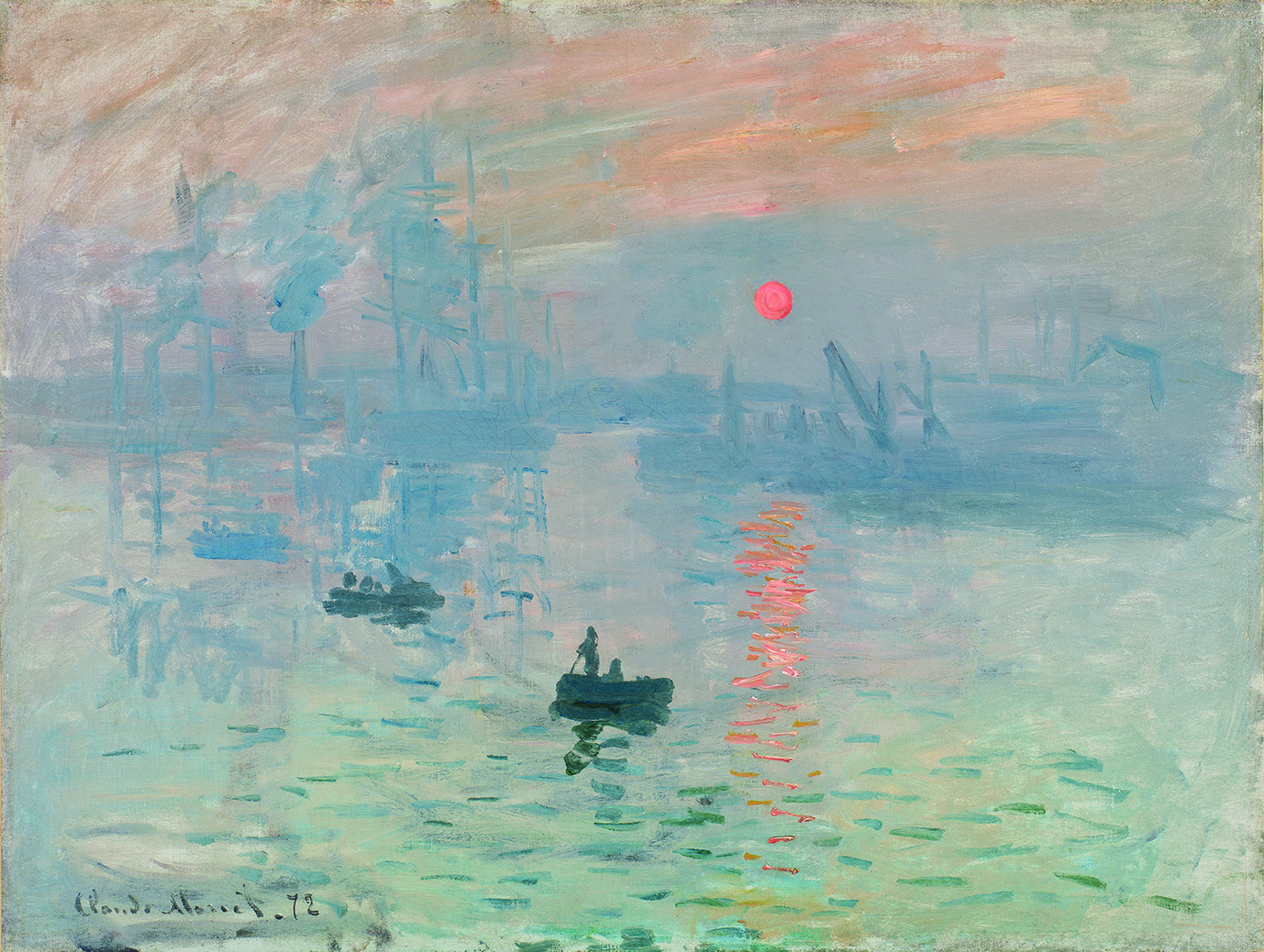To anyone familiar with art exhibitions in Japan, it is clear that Impressionism is one of the most well-known and most-loved of all the "isms" and movements of Western art. The name of the movement is believed to have come from a 1872 painting by Claude Monet titled "Impression, Sunrise." When it was exhibited at a show in Paris in 1874, its title was picked up by unsympathetic critics and used to give the movement the name by which it has been known ever since.
That painting was recently shown in the "Impressionist Masterpieces from Marmottan Monet Museum" exhibition held at the Tokyo Metropolitan Art Museum. But, alas, it was only scheduled to be displayed for part of the exhibition — by the time you read this it will have been removed. This is a pity because it was one of the highlights in a show that elsewhere seems to be padded out with Monet's lesser works.
While including much in-between, this show is bookended by large batches of the artist's juvenilia and the almost-abstract paintings that he did in his final years when his powers were clearly waning. Both of these segments present art that seems far removed from the style for which we remember Monet. The juvenile paintings are mainly skillful caricatures, showing figures with exaggerated features, but with no connection to the impressionist works that followed. As such, they are merely an interesting footnote.

















With your current subscription plan you can comment on stories. However, before writing your first comment, please create a display name in the Profile section of your subscriber account page.